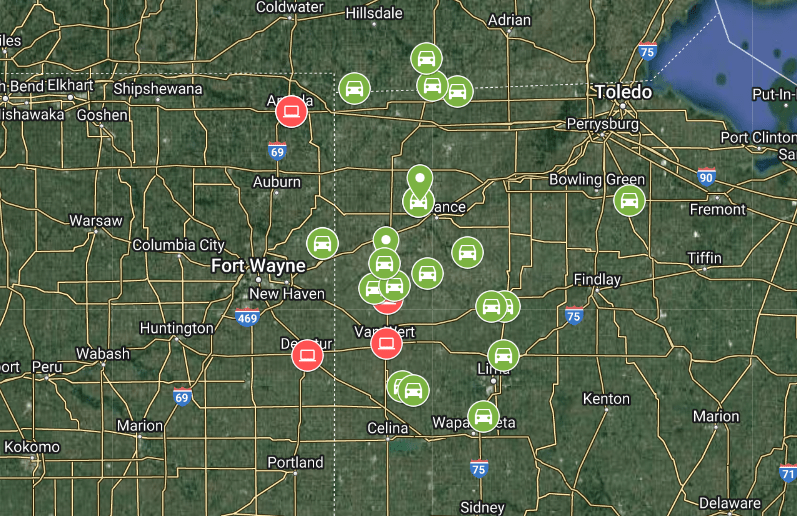From Brownfield Ag News:
Click here to listen to the 5-minute interview with Dr. Anna Cates, University of Minnesota Extension Soil Health Specialist and Brownfield Ag News.
Some farmers new to cover crops might be having second thoughts after another dry growing season.
University of Minnesota Extension soil health specialist Anna Cates says cover crops generally take up a lot of water in the spring and fall.
“At a time when we have a lot of water. It rains a lot (and) the soil is holding a lot of water (so) it’s great to have something growing and reducing that a little bit. But the last couple years that reduction has kind of left us short for cash crop water supply, and that’s been a real hardship (and) we’ve seen poor stands because of it.”
She tells Brownfield farmers who have been using cover crops for several years or more don’t seem too concerned.
“For people who have seen the benefits over time, they say it’s 100 percent worth it. But if this is your first year and you barely saw any stand and then you had trouble terminating it in the spring, and then you saw a cash crop yield drag, that was not a great experience.”
Cates says early termination of the cover crop and lower seeding rates can help mitigate the challenges dry weather presents.








 OSU Extension will host two educational field days focused on soil health and cover crops next week. Extension specialists and farmers experienced with cover crops will present on topics including inter-seeding cover crops into a growing crop, terminating cover crops, cover crop variety selection, and more. Field demonstrations cover crop plots, and equipment demonstrations will be on-site.
OSU Extension will host two educational field days focused on soil health and cover crops next week. Extension specialists and farmers experienced with cover crops will present on topics including inter-seeding cover crops into a growing crop, terminating cover crops, cover crop variety selection, and more. Field demonstrations cover crop plots, and equipment demonstrations will be on-site. Know via his Twitter handle as the @CoverCropDr, Dr. Shalamar Armstrong is an Associate Professor of Soil Conservation and Management in the Department of Agronomy at Purdue University. He holds a B.S. degree in Plant and Soil Science from Southern University, an M.S. in Soil Fertility from Alabama A&M University, and a Ph.D. in Agronomy from Purdue University.
Know via his Twitter handle as the @CoverCropDr, Dr. Shalamar Armstrong is an Associate Professor of Soil Conservation and Management in the Department of Agronomy at Purdue University. He holds a B.S. degree in Plant and Soil Science from Southern University, an M.S. in Soil Fertility from Alabama A&M University, and a Ph.D. in Agronomy from Purdue University.






